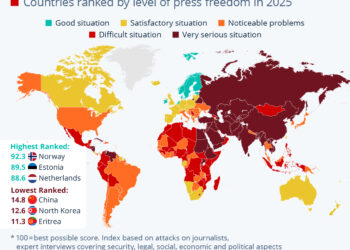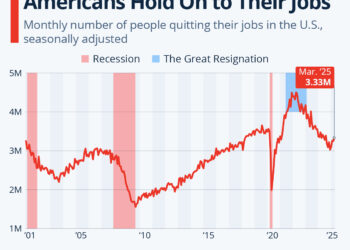The State of Global Fertility: Trends and Insights
Fertility rates globally have become a critical topic of discussion as they directly impact population dynamics, economic growth, and social structures. Recent data, especially from the World Bank, has illuminated stark contrasts in fertility trends across different regions of the world. This blog delves into the varying fertility rates, examining both the developed and developing regions to understand the broader implications of these statistics.
Global Trends in Fertility Rates
The landscape of global fertility rates tells a complex story. From the underwhelming numbers in certain developed areas to the high rates seen in parts of Africa, the statistics reveal much about socio-economic progress and cultural shifts.
Low Fertility Rates in Developed Regions
-
South Korea: Notably, South Korea continues to face significant challenges with a fertility rate that falls below 1. This trend positions it alongside other areas like Hong Kong, Macau, and Puerto Rico, marking them as places grappling with exceedingly low birth rates.
ADVERTISEMENT - Japan: Similarly, Japan has maintained an average fertility rate of 1.2 in 2023. This figure highlights a growing concern among policymakers regarding population sustainability, as over 90 nations are currently experiencing stagnant population growth independent of immigration.
The reasons behind these low fertility rates are multifaceted. Greater access to contraception, increased educational opportunities for women, and a shift towards prioritizing careers have all contributed to the decision to delay or forgo having children.
High Fertility Rates in Developing Nations
In stark contrast, developing regions are witnessing higher fertility rates which significantly contribute to global population growth.
The African Context
Countries such as Somalia, Chad, Niger, and the Democratic Republic of the Congo report some of the highest fertility rates in the world, averaging 6.1 children per woman as of 2023. This pattern is primarily concentrated in Africa, where the majority of the nations with high fertility rates are located.
- Regional Observations: Out of 31 countries with average family sizes of four or more children, 29 are situated in Africa. This demographic trend indicates not only cultural preferences but also economic factors that influence family size.
Historical Fertility Trends
Looking back at the historical data provides context to current trends.
-
Declining Fertility: In 1963, global fertility rates were significantly higher, with women averaging 5.3 children over their lifetimes. By 2023, this number had dropped to an average of 2.2 children per woman.
- Population Growth: Despite the decline in fertility rates, the global population has surged by about 150% from 3.2 billion to 8.1 billion within the same timeframe. This paradox can be attributed to increases in life expectancy and decreases in childhood mortality rates.
Future Projections
According to forecasts by the United Nations, the global fertility rate is expected to reach a minimum replacement level of 2.1 by the middle of the century. This projection raises questions about the long-term sustainability of population growth, particularly in light of the anticipated population decline towards the century’s end.
Conclusion
As we traverse the intricate landscape of global fertility, it becomes evident that the implications of these trends are vast. With developed regions facing significant challenges from low birth rates while developing nations continue to see population surges, a nuanced understanding of the socio-economic factors at play is essential for addressing future challenges.






